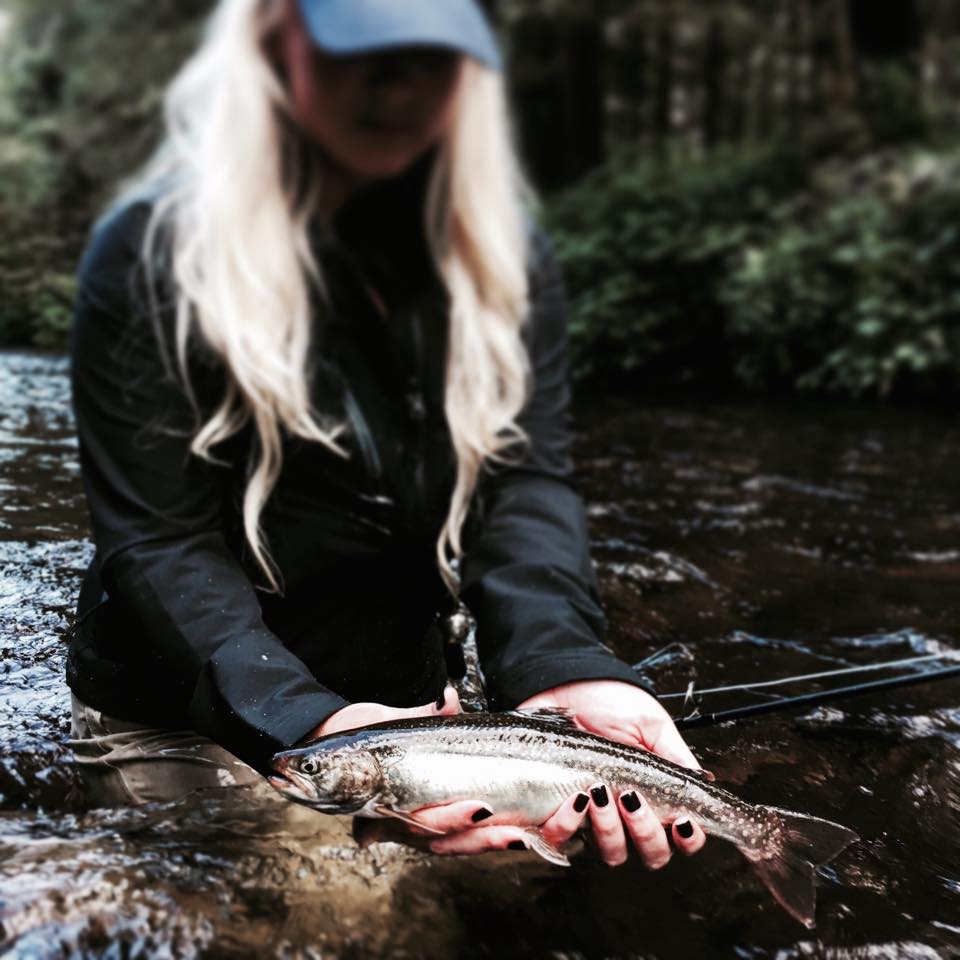Bringing brook trout back to their native waters in eastern West Virginia isn’t just a job for Brandon Keplinger. It’s a mission.
Like many West Virginians, Keplinger feels a personal connection to the only trout species native to his home state. As a district fisheries biologist with the West Virginia Division of Natural Resources, he is dedicated to rebuilding brook trout populations in the Eastern Panhandle where they once thrived.
Keplinger and his crew are hatching eggs of “heritage lineage” brook trout collected from brook trout native to the Potomac River headwaters. Partnering with Trout Unlimited and its Potomac Headwaters Home Rivers Initiative, they release the juvenile fish into streams with the right temperature, pH, and spawning conditions to support this sensitive cold-water species.
Improving water quality where the Potomac begins also helps boost water quality downstream all the way to where it empties into the Chesapeake Bay. The Potomac is the second-largest tributary of the Bay and an important source of fresh water.
Brook trout need cold, clean water to survive. That makes them an important indicator of stream health. Restoring naturally reproducing brook trout populations and expanding their habitat is one of the goals of the 2014 Chesapeake Bay Watershed Agreement signed by West Virginia, the five other states in the watershed, and the District of Columbia.
Brook trout are also vital to the region’s outdoor recreation economy, particularly in West Virginia, Pennsylvania, and New York. While the colorful fish is popular wherever anglers cast a line for it, it is an icon in the Mountain State.
Keplinger hopes successfully reintroducing self-sustaining brook trout populations will inspire more West Virginians to be better stewards of the state’s invaluable natural resources—especially older folks who grew up catching brook trout in streams where they can no longer be found. “They wish [the brook trout] were there and it was more like things were when they were younger and the way they thought the better years of their life were,” Keplinger said.
Brook trout have existed in eastern West Virginia for at least ten thousand years, he noted. “They’re more native than we are. It’s a really cool, heritage-related organism to this area, especially in the mountainous areas where a lot of my family has grown.”
Working in a Wardensville, WV, hatchery leased from West Virginia University, Brandon and his technicians only use eggs hatched from brook trout taken from the Cacapon River watershed to reintroduce into Cacapon watershed streams. The Cacapon River is a tributary of the Potomac.
Reintroducing fish from the same genetic line gives the hatchery-raised fish a better chance of reproducing successfully than if they had come from the eggs of trout outside the region, according to Keplinger.
. . .
A mix of private and federal money funds Trout Unlimited’s work. The EPA’s Chesapeake Bay Program provides matching grants because the project improves water quality and wildlife habitat in the Bay watershed. The Bay Program coordinates the state-federal partnership to restore the Chesapeake and major tributaries like the Potomac River.
Good.
The Wombat has Rule 5 Sunday: Nothing’s Fishy ready at The Other McCain on time and under budget.



No comments:
Post a Comment